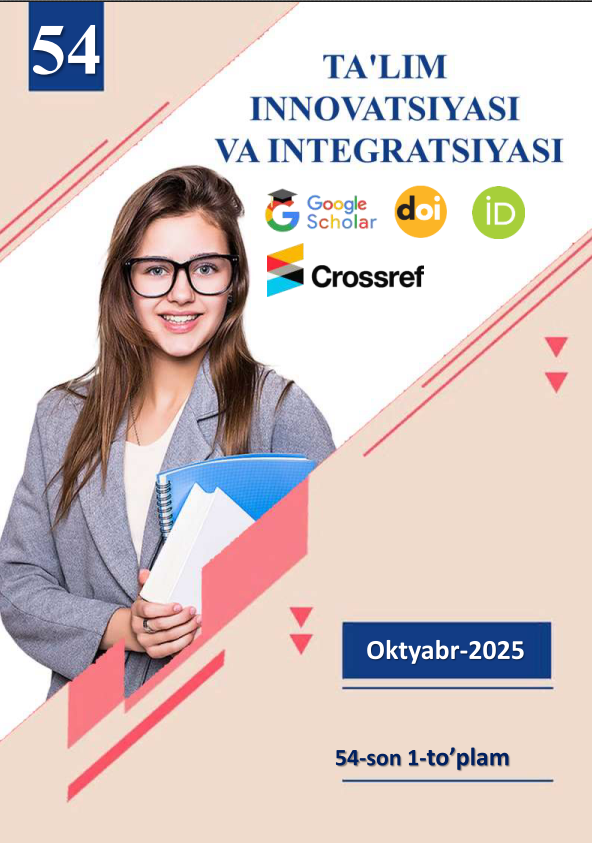“PROBLEMS IN A MULTILINGUAL ENVIRONMENT”
Keywords:
Keywords: Multilingualism, language barriers, communication, cultural diversity, education, social integrationAbstract
Annotation: This article examines the challenges that arise in multilingual
environments where people from diverse linguistic backgrounds interact. While
multilingualism promotes cultural richness and broader communication, it also creates
barriers in education, workplace communication, social integration, and policy-
making. By analyzing these problems and suggesting possible solutions, this paper
emphasizes the importance of developing inclusive strategies to ensure effective
interaction in multilingual societies.
References
References:
1. Baker, C. (2011). Foundations of bilingual education and bilingualism (5th ed.).
Multilingual Matters.
2. Cenoz, J., & Gorter, D. (2015). Multilingual education: Between language learning
and translanguaging. Cambridge Journal of Education, 45(3), 371–382.
https://doi.org/10.1080/0305764X.2014.899312
3. García, O., & Wei, L. (2014). Translanguaging: Language, bilingualism and
education. Palgrave Macmillan.
4. Skutnabb-Kangas, T. (2000). Linguistic genocide in education – or worldwide
diversity and human rights? Lawrence Erlbaum Associates.
5. UNESCO. (2017). Education in a multilingual world. UNESCO Publishing.
Retrieved from https://unesdoc.unesco.org
6. Wei, L. (2018). Translanguaging as a practical theory of language. Applied
Linguistics, 39(1), 9–30. https://doi.org/10.1093/applin/amx039
7. Kirkpatrick, A. (2010). World Englishes: Implications for international
communication and English language teaching. Cambridge University Press.
8. Hornberger, N. H. (Ed.). (2008). Encyclopedia of language and education (2nd ed.,
Vol. 9). Springer.

